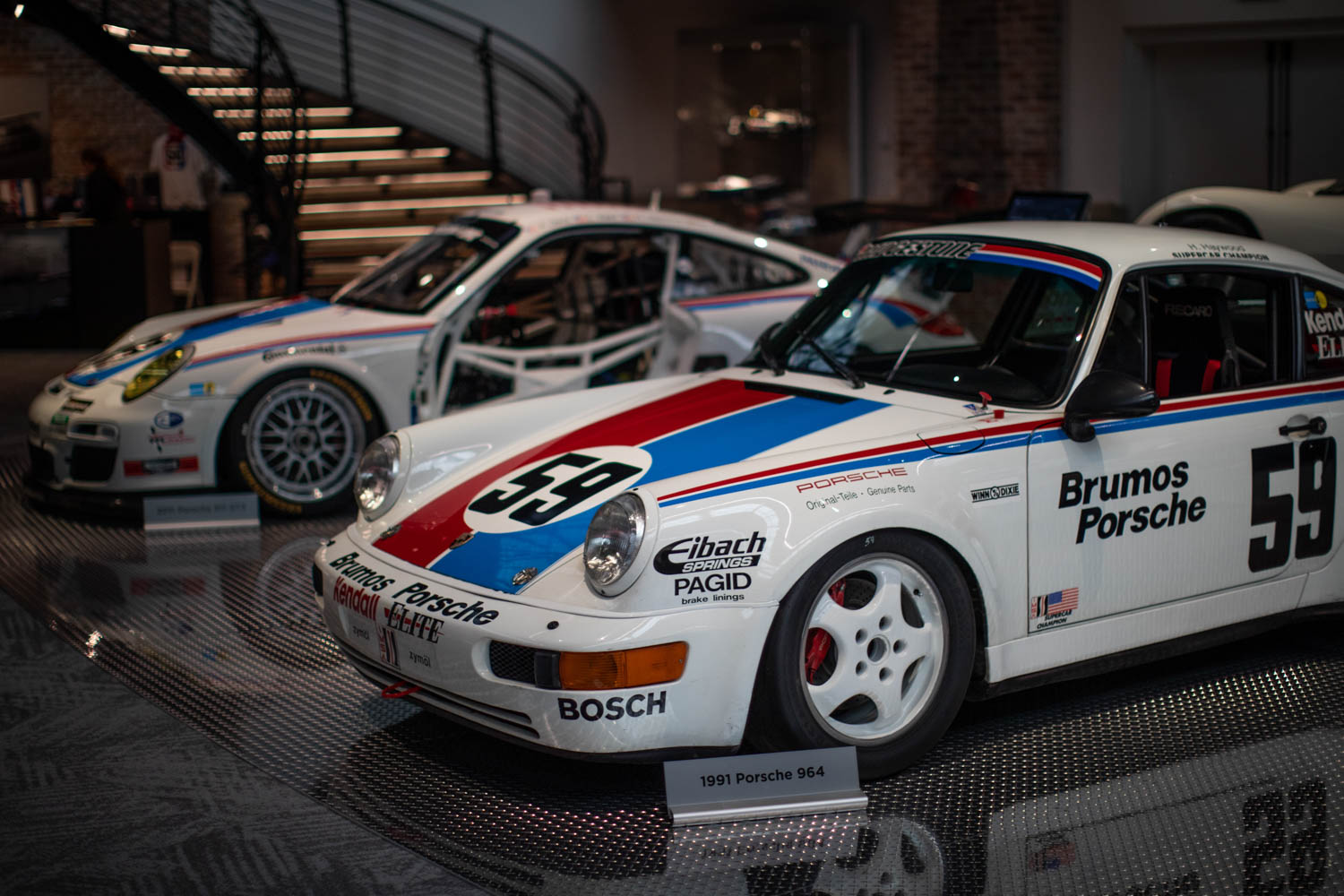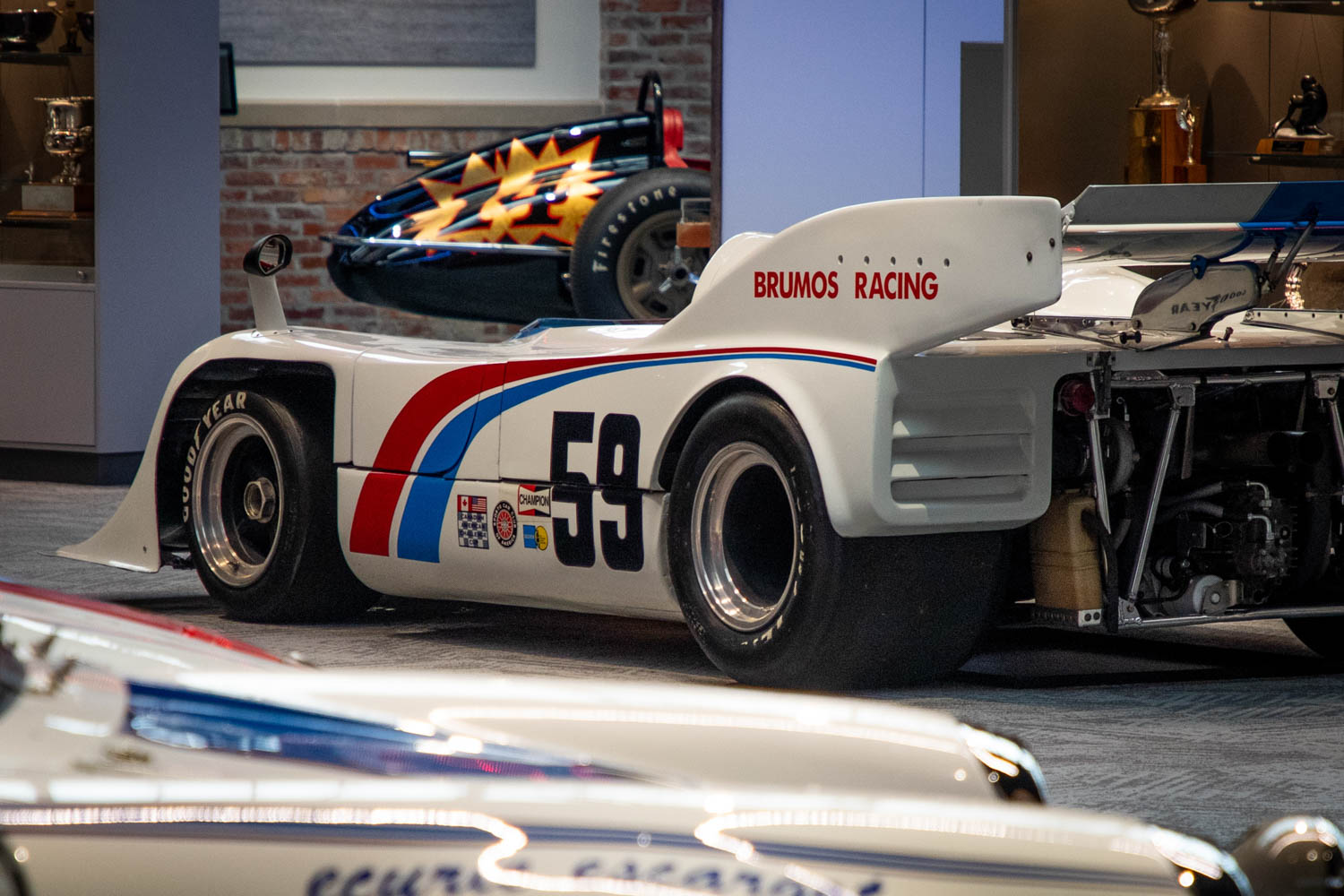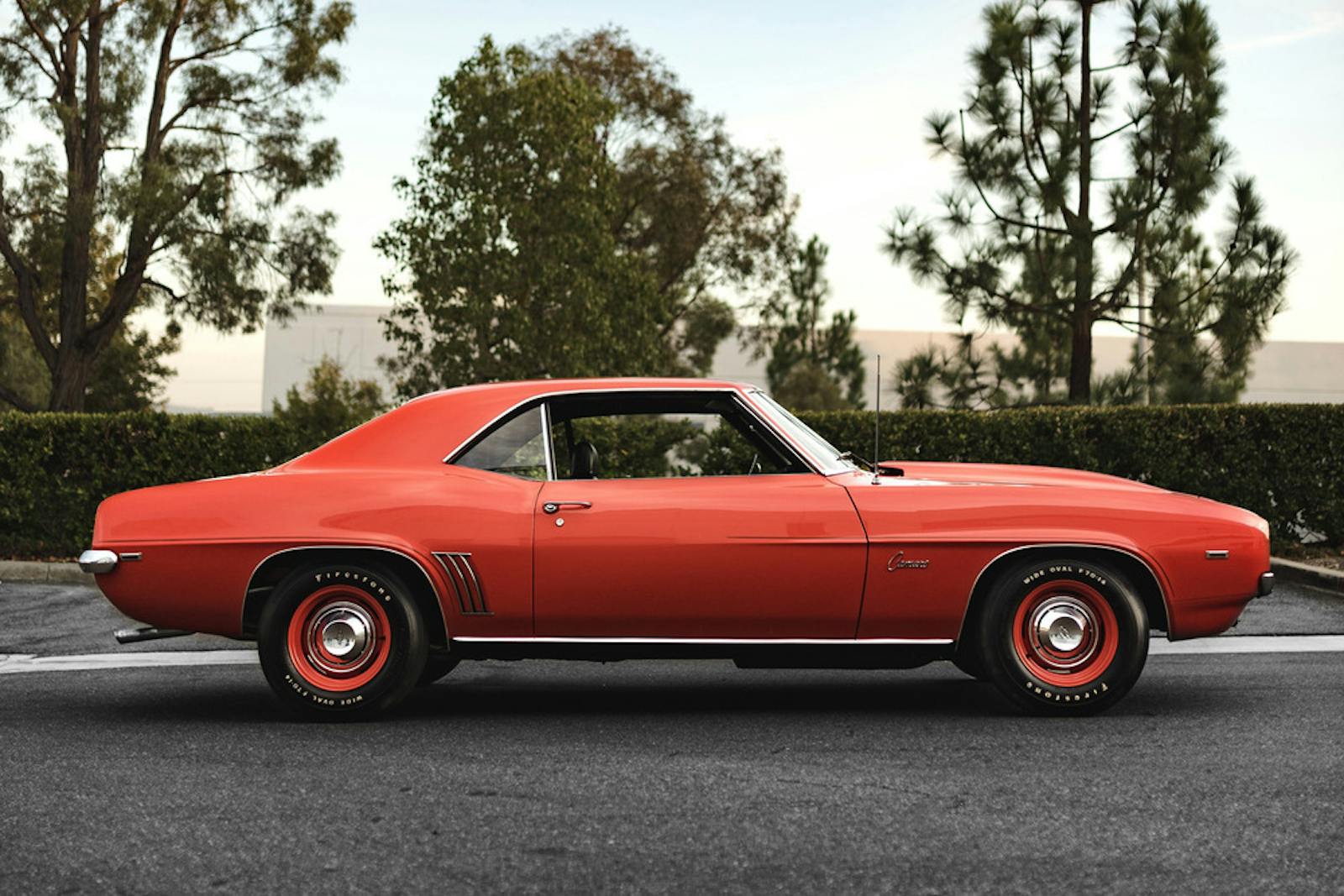Brumos Collection houses the history of Florida’s hometown race team
In 1951, Hubert Brundage decided to enhance the business of his Florida hardware store by selling new Volkswagens that he parked by the front door. A weekend racer, he soon began distributing Porsches as well and expanded into Brundage Motors, based in Jacksonville, Florida. Whenever the company would receive a wire, the standard telex shorthand would reduce the company’s name down to “Brumos,” and the rest is racing history.
After being splashed across winning Porsche race cars since 1960, the name is now emblazoned on a new 30,000-square-foot museum in a wooded area just east of Jacksonville that houses not only many of the cars that competed under the Brumos banner, but a significant collection of pre-war racers from the earliest days of motorsport.
Current Brumos chairman A. Dano Davis said the goal was to move the collection out of a former dealership warehouse where it had been running up rent since Davis sold off the Brumos dealership group in 2016 and retired from big-time auto sales. He also wanted to give public access to the cars in a building large enough that “people could walk around the cars and take pictures.”
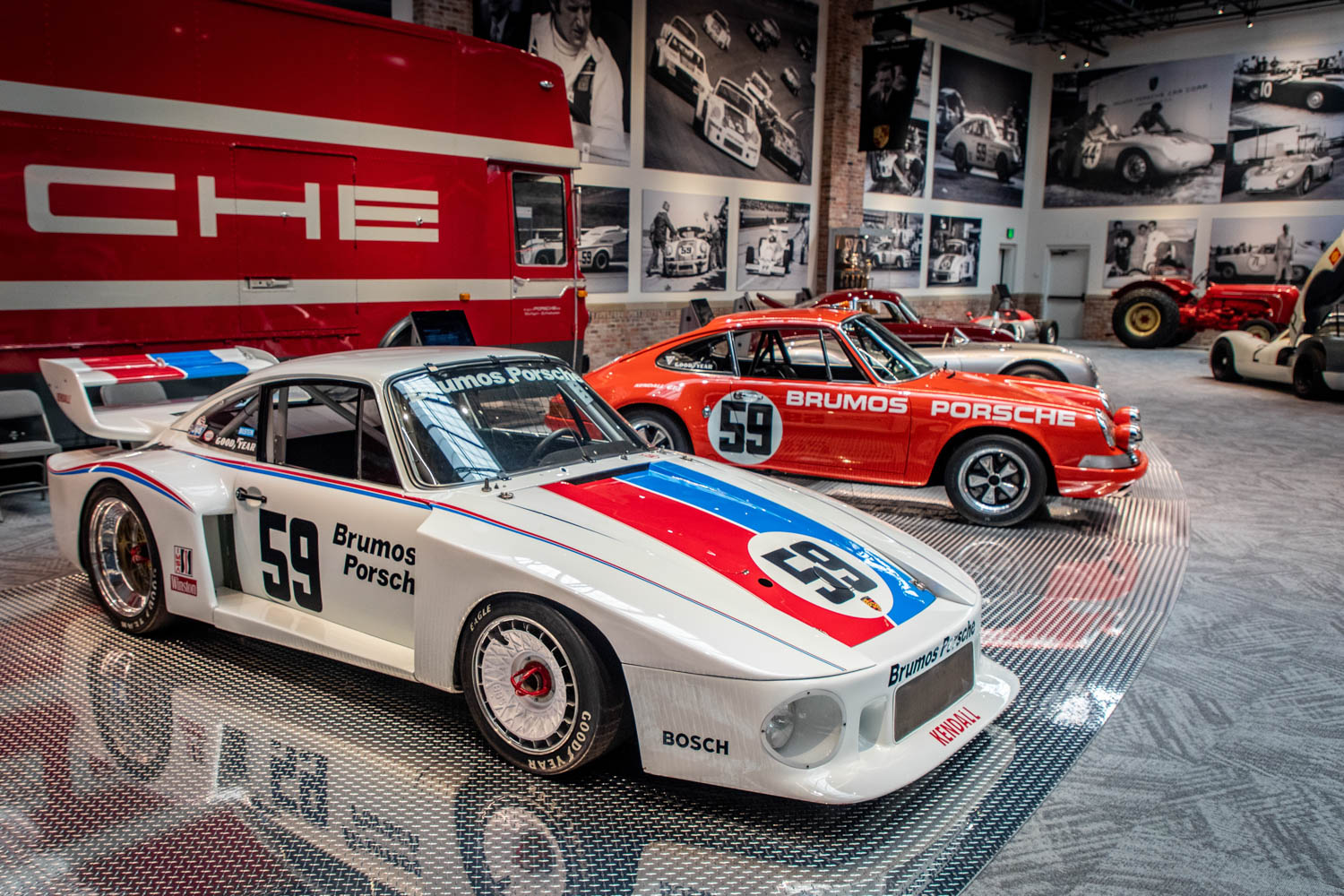
A lengthy search in the Jacksonville area ensued, but no space could be found with just the right ambience. If he could have, Davis says he would have bought and renovated an abandoned Ford Model T factory that still stands next to the St. Johns River in Jacksonville, but “the building is gone; the river has washed away a third of the pilings.” So instead he built a facsimile of the plant, with towering red-brick walls and huge windows. A wooden walkway leads to the front door and evokes the board-track speedways that racers competed on in the early days. Just inside, a Ford Model T greets visitors as well as a wall-size photo of the original Ford plant in its heyday.
“I wanted the building to be as much a part of the experience as the cars,” says Davis, adding that getting approvals proved to be easier and quicker than expected as “the head of the local building department is a racing fan.”
Davis is fascinated by the works of pioneering race-car designer Harry Miller, as well as the innovations that came hot and heavy in those early years, from overhead cams to intercooled supercharging. Half the museum is devoted to those fledgling years, the highlight of the collection being the 1917 Miller Golden Submarine, an early attempt at streamlining built by Miller and Fred Offenhauser for racer Barney Oldfield. Another notable car in the collection is a 1915 Peugeot L45, the first race car with twin cams and four valves per cylinder. It ran in European grands prix as well as the 1916 Indy 500.


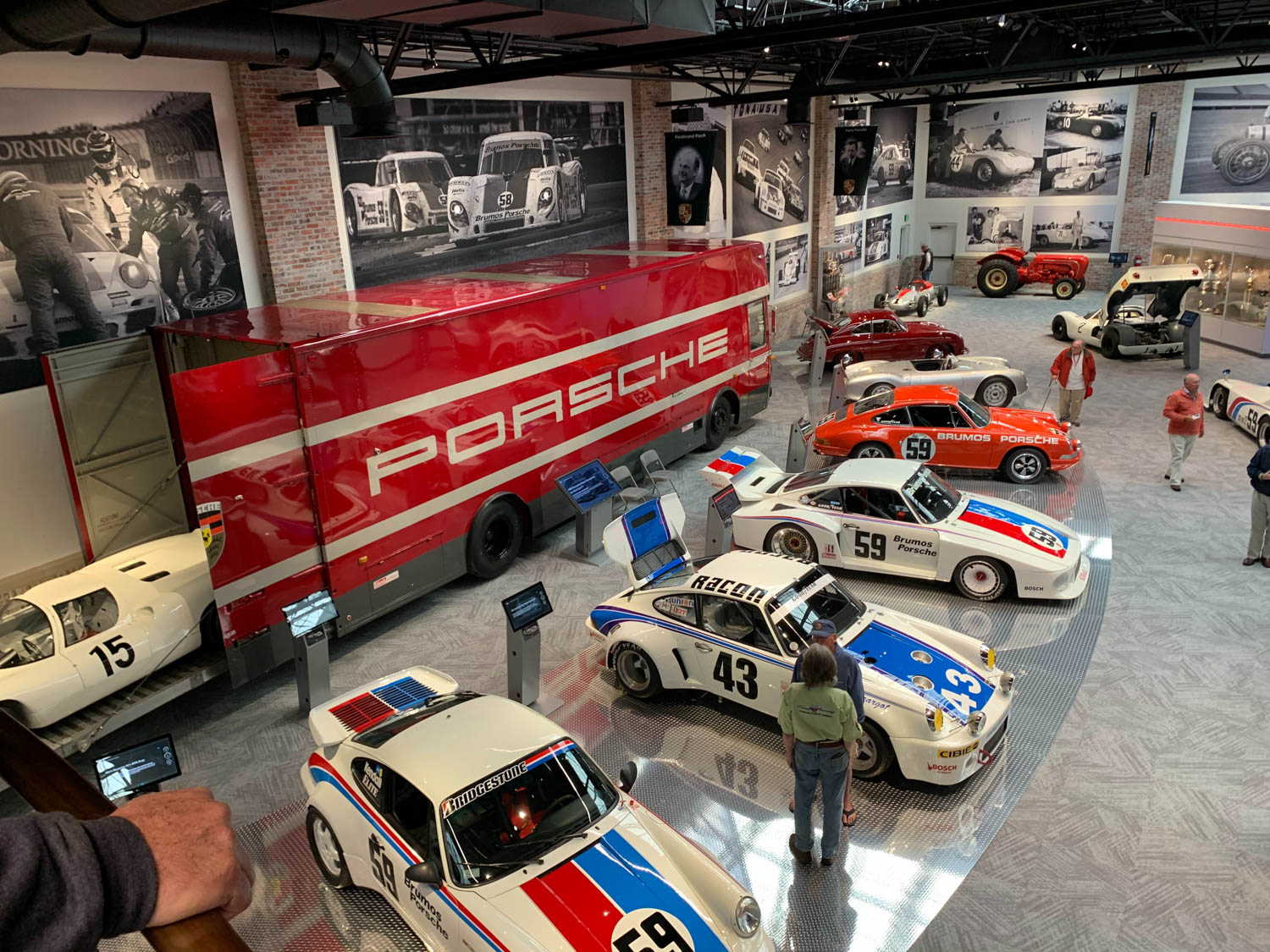
The other half of the museum features Brumos Racing’s long, successful history in American sports-car racing. After Brundage died prematurely in a road accident in 1964, his friend Peter Gregg took over the business. It was Gregg, a former U.S. Navy intelligence officer, who took the U.S.S. Forrestal’s CV-59 hull number and cemented it as Brumos Racing’s permanent number. Gregg befriended a young autocrosser named Hurley Haywood in 1967 and the two would forge a dynasty in the 1970s, winning in everything from SCCA Porsche 911s to the mighty 1972 Porsche 917-10 turbo that debuted the team’s trademark red-and-blue flourishes.
Other significant cars on display include the 1968 Porsche 908K raced by Jo Siffert at the Nürburgring 1000 and made famous by a photo of him airborne in the car at the track’s famous Flugplatz, and a 1970 Porsche 917K used in the filming of Steve McQueen’s seminal racing drama, Le Mans (one of the movie’s 917Ks sold for $14M in 2017). A racing transporter once used by the team lines one wall, just one of two built in the configuration atop a Mercedes-Benz bus chassis. Everything including the century-old Millers is said to run, maintained by the adjacent shop and exercised at events as well as on an in-house dyno.
Gregg passed away in 1980, and Davis and partner Bob Snodgrass bought the dealership group from Gregg’s widow 10 years later. Brumos Racing continued to compete through the changes of ownership, racking up four wins at the 24 Hours of Daytona. But Davis called it quits in 2013, telling us, “I got tired of spending money and dealing with the aggravation.”
As with some private collections, the visiting hours are limited. The Brumos Collection is open Thursdays, Fridays, and the first Saturday of the month, but that may expand as the new venue, open barely two months, gets rolling. Ticket prices are $14.99 for children, seniors, and active-duty military, and $19.99 for ordinary taxpayers (adults). For more information, go to www.thebrumoscollection.com.





